LG F1056QDT2 Bruksanvisning
LG
tvättmaskin
F1056QDT2
Läs gratis den bruksanvisning för LG F1056QDT2 (32 sidor) i kategorin tvättmaskin. Guiden har ansetts hjälpsam av 21 personer och har ett genomsnittsbetyg på 4.7 stjärnor baserat på 11 recensioner. Har du en fråga om LG F1056QDT2 eller vill du ställa frågor till andra användare av produkten? Ställ en fråga
Sida 1/32

Produktspecifikationer
| Varumärke: | LG |
| Kategori: | tvättmaskin |
| Modell: | F1056QDT2 |
Behöver du hjälp?
Om du behöver hjälp med LG F1056QDT2 ställ en fråga nedan och andra användare kommer att svara dig
tvättmaskin LG Manualer
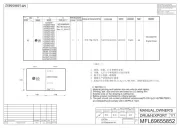
11 Oktober 2025

11 Oktober 2025
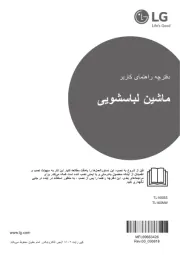
9 Oktober 2025
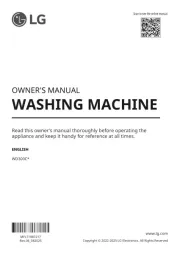
8 Oktober 2025
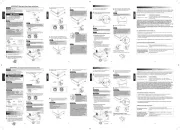
7 Oktober 2025

16 September 2025
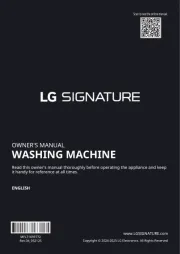
16 September 2025
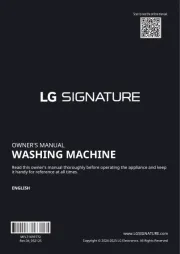
16 September 2025
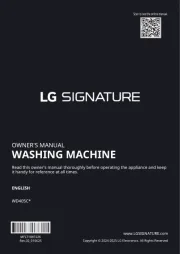
5 September 2025
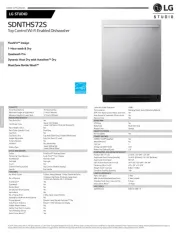
31 Augusti 2025
tvättmaskin Manualer
- Privileg
- Bluesky
- Viking
- Indesit
- Concept
- Flavel
- Delonghi
- Etna
- BSK
- Drean
- Imesa
- Ahma
- Aurora
- High One
- Speed Queen
Nyaste tvättmaskin Manualer
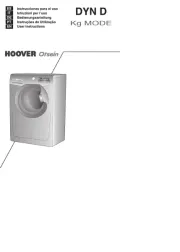
23 Oktober 2025
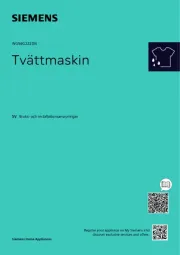
23 Oktober 2025

21 Oktober 2025
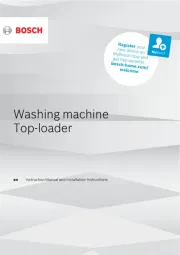
21 Oktober 2025
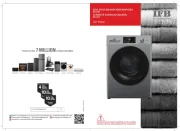
20 Oktober 2025
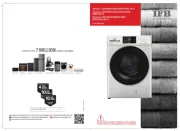
20 Oktober 2025
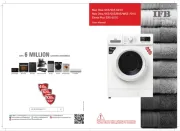
20 Oktober 2025
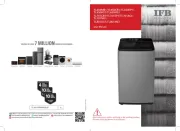
20 Oktober 2025
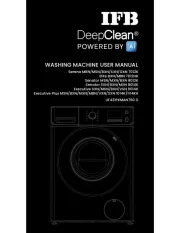
20 Oktober 2025
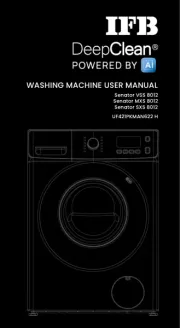
20 Oktober 2025